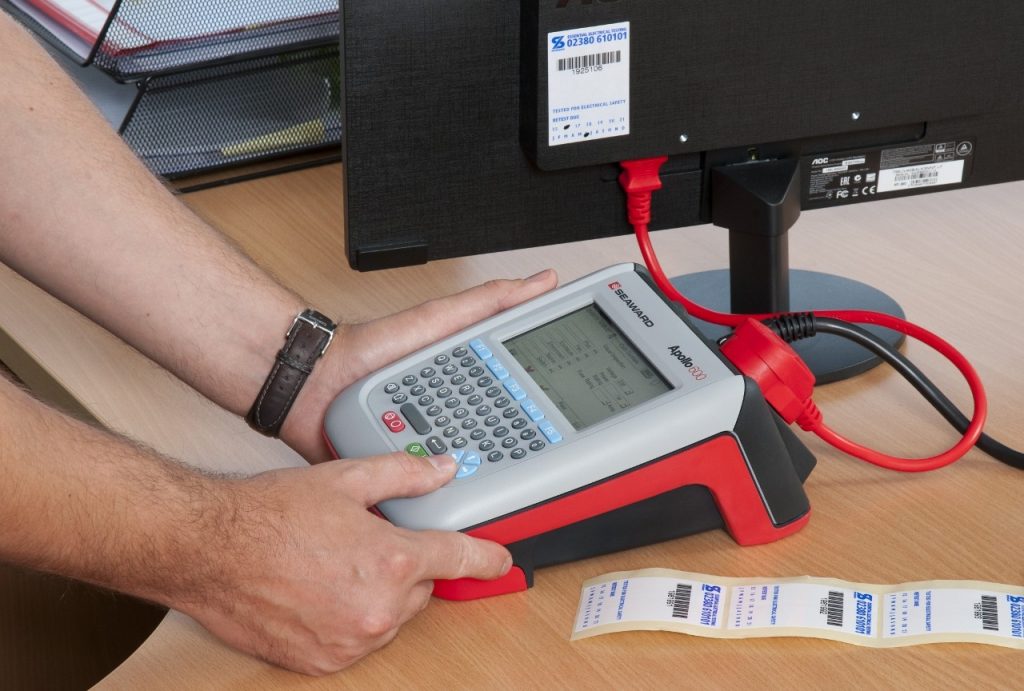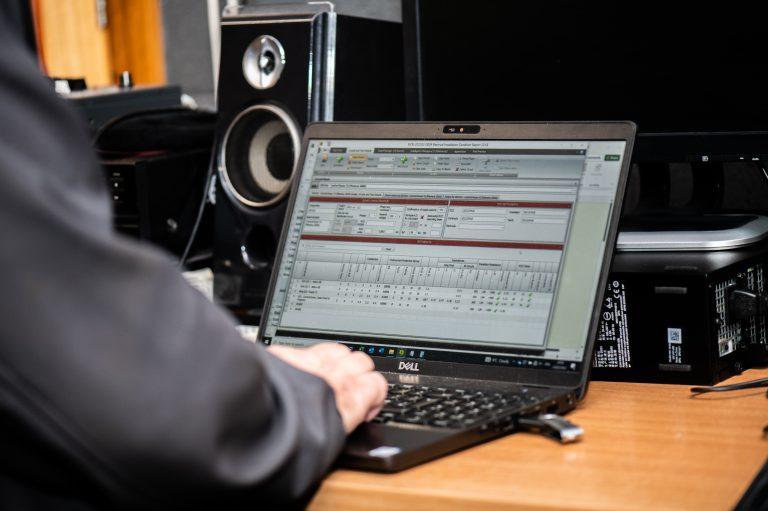The Electricity at Work Regulations state that all electrical equipment in the working environment should be safe.
The Electricity at Work Regulations state that all electrical systems and equipment including portable appliances used in the working environment should be in a safe condition. The Health and Safety Executive recommend that to comply with the regulations an inspection and testing schedule must be implemented at all workplaces. The frequency of this schedule will depend on the type of environment, but will typically be either three or five years.
So you know that you have to carry out Portable Appliance Testing (PAT Testing) but what actually what is defined as a portable appliance? Clearly a mains powered electrical drill is but what about your large fridge or that Server that never moves?
- Any appliance that is hand held or can be moved whilst connected to an electricity supply via a lead and plug is classed as portable.
- An electrical appliance that is 18 kg or less in mass and powered between 50 and 415 volts is classed as a portable appliance.
These would include:
- Appliances that are intended to be moved whilst in operation or can be easily moved such as kettles, toasters, electric heaters, electric fans, microwaves, vacuum cleaners
- Portable appliances that are held in the hand during operation such as drills, hair-dryer
- Fixed appliances which are supported or secured such as wall heaters
- IT equipment such as PC monitors, laptops, printers, telephones, mobile phone chargers Extension leads
- Any electrical appliances owned by employees who use them at work
There are some appliances that are more than 18 kg in mass which are also classed as portable appliances.
These would include:
Static appliances such as fridges, freezers, photocopiers, fax machines, vending machines, dish washers




